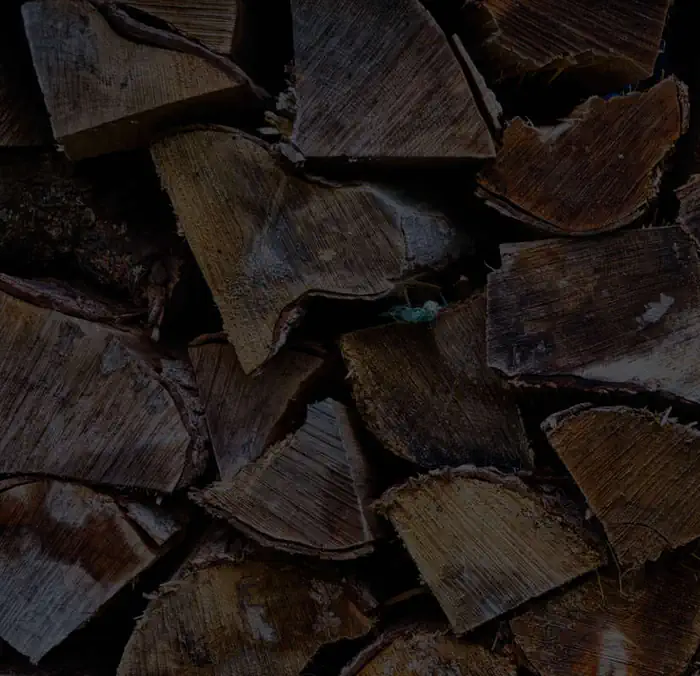Shibumi Shade Review: Is It Worth The Money?
We explore the lightweight beach canopy that's powered by the wind to see if its worth its hefty price tag.

Uncertainty with oil prices has led many people to seek alternative sources of heat.
This post may contain affiliate links. If you purchase through our links we may earn a commission which helps to support our testing.
Do you want to cut back on your energy costs while you are heating your home this winter? One idea to consider if you have a fireplace is burning wood.
In this post, we will go over the basic steps to readying firewood to heat your home. But first, let’s briefly go over the benefits of turning to wood as a fuel source for residential heat.
Now that we have gone over some of the advantages of burning firewood for heat, let’s go over the basic steps to readying the firewood for use.
IMPORTANT TIP: Make sure you have thoroughly reviewed safety precautions for every step in this list before you proceed. Wear appropriate protection for your eyes, ears, hands and feet.
Begin by felling an appropriate tree. A chainsaw is the right tool to use for this step. Be sure that you carefully gauge the tree’s height, weight, and the direction it will fall.
In some cases, you might want to turn to professional help with this step. It is important to stay safe.
Once you have chopped down the tree, you can proceed to the next step, which is to reduce it to 16-inch logs.

A good way to approach this task is to set up a sawhorse in your yard.
First, you will need to cut the tree into small enough sections that you can set them in the sawhorse. Use your chainsaw and get them down to around 40 inches each in length. You will have to do this sawing on the ground.
Then, place them one by one into the sawhorse, and saw them to around 16 inches each. This step will be easier since they are now raised up off the ground.
Now that you have the rounds, you will need to split them. Traditionally, you can do this using an axe, but it is time-consuming and labor-intensive.
As an alternative, consider getting a hydraulic log splitter. This type of device uses a powerful engine to apply the force necessary to split log after log.
You are not going to want to have to keep lugging a log splitter and sawhorse in and out of your garage. For that matter, even carrying a chainsaw back and forth can be a hassle.
At the same time, you do not want to leave your equipment exposed to precipitation.
So, one simple solution is to set up a backyard canopy tent, and just keep your equipment stowed underneath it. You can even purchase a tent that includes sidewalls. That way, you can keep sideways rain away from your appliances.
You can leave it set up for as long as you are going to need it for the season. Chances are good, however, that even after you move your log splitter, chainsaw, and sawhorse back to your garage, you will find another convenient use for your backyard canopy tent.
Once you have finished splitting your firewood, you are going to need to stack it for storage. That means finding a location in your yard that is appropriate.
One last step is to wait for your firewood to dry out before you use it. In fact, if possible, you should plan to cut your firewood in advance of when you will need it, since it may not be ready to burn right away.
Now you have a basic overview of what you need to do to prepare firewood to burn for heat in your home.
You will need to study the steps and safety tips for cutting down a tree and operating a chainsaw and log splitter safely in detail before you move forward.
But once you learn the basics, you should find it easy to cut firewood each year for economic.